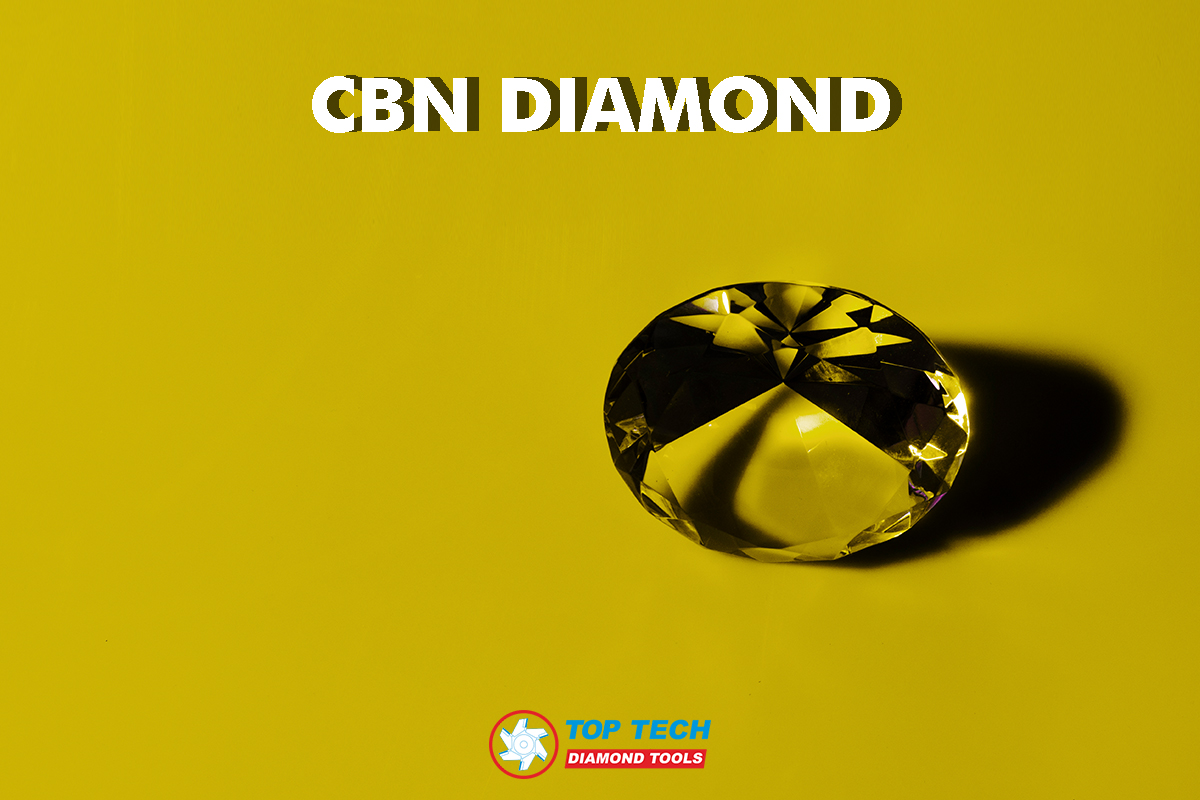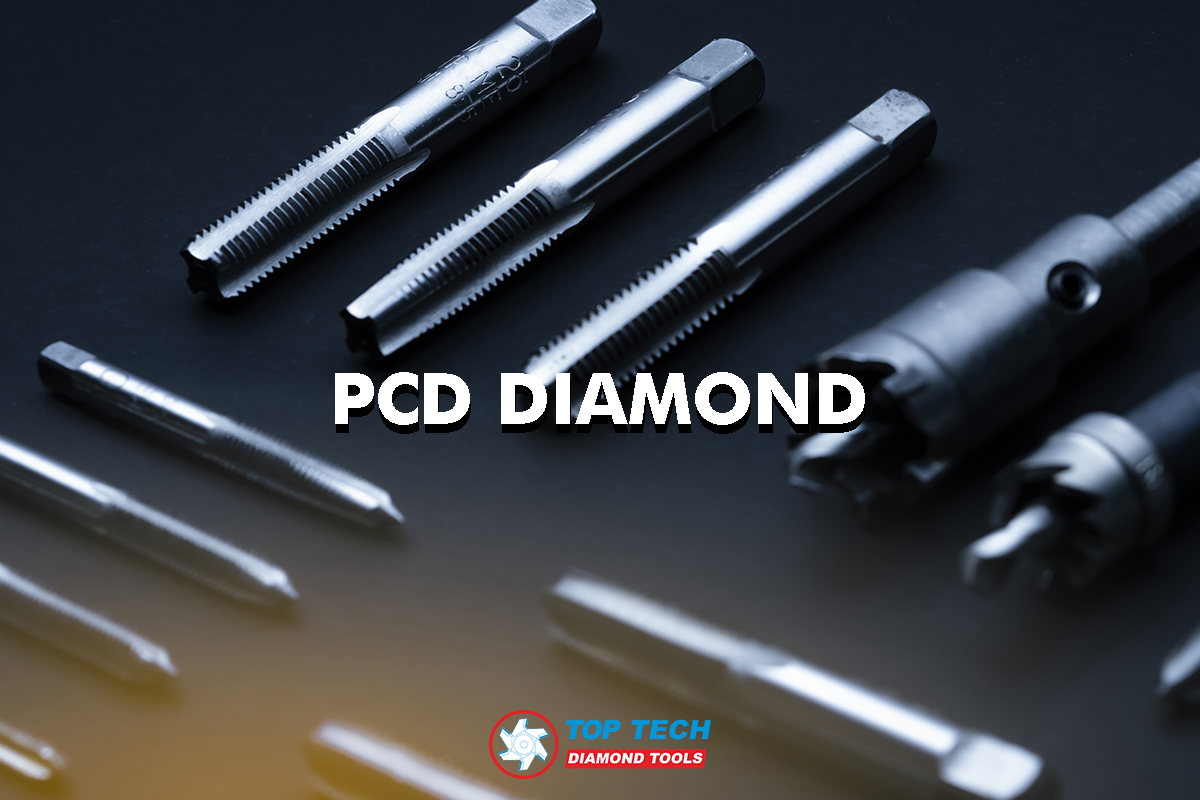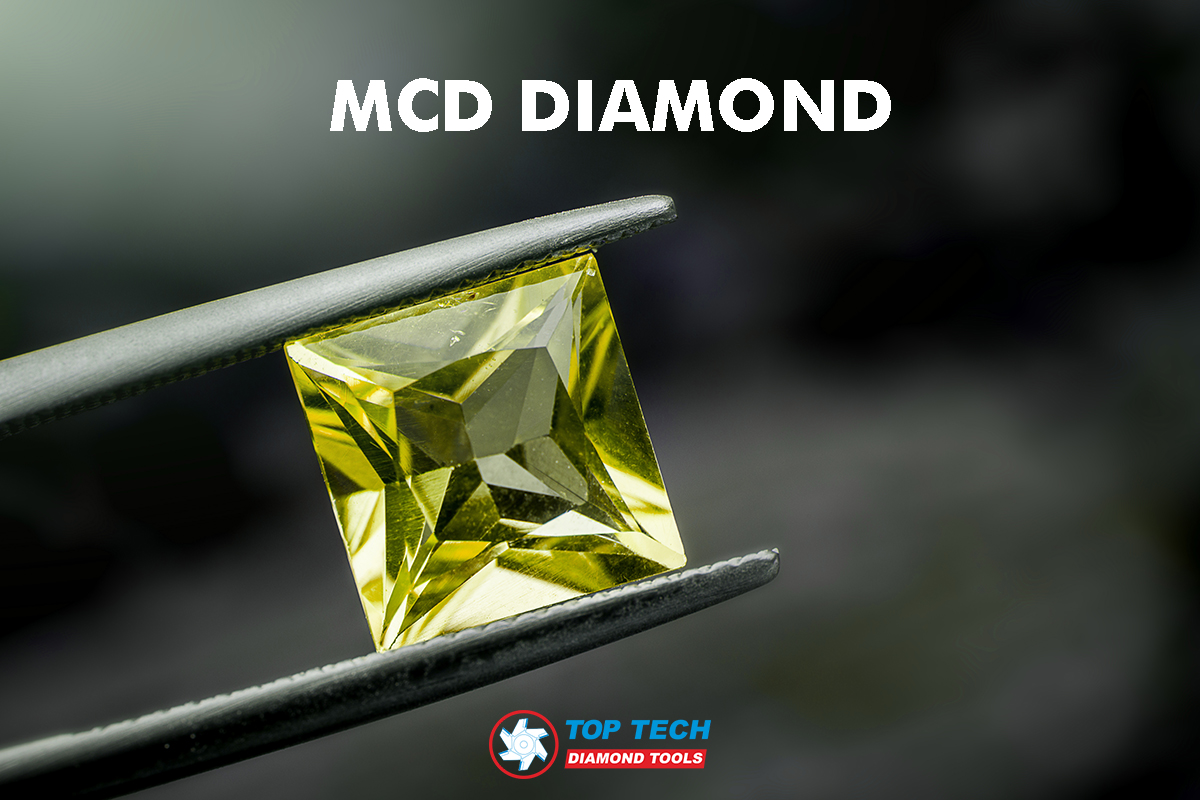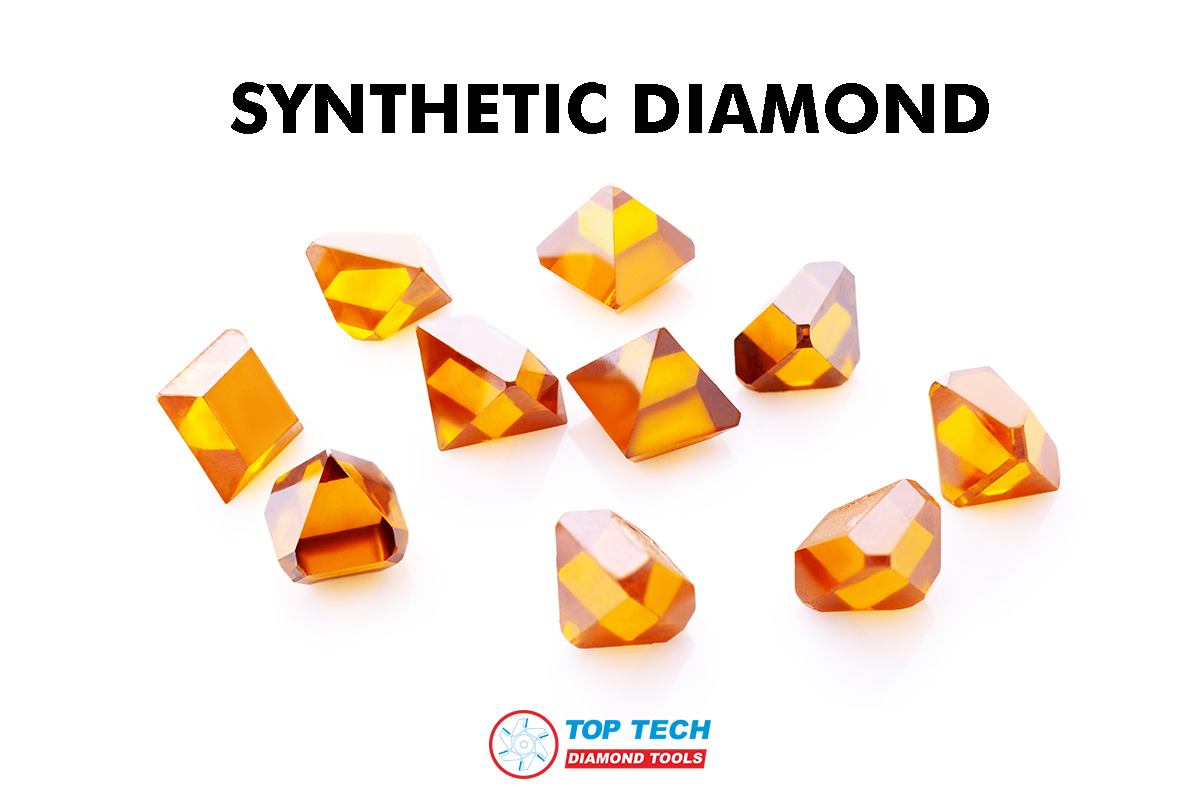
All About Synthetic Diamond For Cutting Tools
In the cutting tools industry, and Top Tech Diamond Tools, synthetic diamonds are used for creating and developing high-performance diamond cutting tools for cutting, turning, drilling, and others to maximize the cutting capability. So, how many types of synthetic diamonds, and how can they be used in the cutting industry? MCD stands for “Monocrystalline Diamond”. MCD is the single synthetic crystal diamond that has yellow-ish color on the outside. It has the hardness value of 9,000 kgf/mm2, which comes with abrasion resistance, pressure and high impact resistance. Also, MCD has very high heat conduction than tungsten carbide. Most cutting tools that contain MCD are great for turning or finishing works that need a high polished surface. However, MCD is not suitable for cutting a metal workpiece that contains iron or CFRP because when cutting iron, this usually causes high heat, which is 700-1000°C. This level of heat can melt MCD, and cause abrasion faster. Compared to PCD, cutting tools that contain MCD have a tool life that is 3-10 times more than cutting tools with PCD, but MCD causes manufacturing cost that is 4 times more than PCD. PCD stands for “Polycrystalline Diamond”. PCD is made from diamond grits which are fused together in high-pressure and high-temperature condition. PCD has a very high hardness of 5,000 kgf/mm2. With this level of hardness, PCD comes with high abrasion resistance, pressure resistance and shockproof. PCD also has higher heat conduction than tungsten carbide. However, as well as MCD, PCD is weak when cutting metal that contains iron because when cutting iron that causes high heat of 700°C or more, this causes “thermal instability” that impacts the quality of PCD tools in the long run, and causes PCD tools to be less resistant to abrasion. CBN stands for “Cubic Boron Nitride”, which has a cubic-shape crystal. CBN diamond is great for cutting metal that contains iron because when making CBN diamond, Carbon is replaced with Boron and Nitrogen. This causes CBN diamond to be very resistant to high cutting heat of 1300°C. Therefore, it is an optimum choice for using CBN cutting tools for cutting workpieces that contain iron. However, when compared to PCD or a natural diamond, CBN diamond has a hardness value of 56 GPa (In Knoop Hardness Measurement), while a natural diamond has a hardness value of 90 GPa (In Knoop Hardness Measurement), which is more than CBN diamond. CVD stands for Chemical Vapor Deposition. CVD diamond is produced by sediments from the chemical vapor. This diamond has the same hardness value as MCD diamond, which is 9,000 kgf/mm2. MCD, PCD, CBN or even CVD are used for creating sharp and high quality diamond cutting tools that can cut harder materials. These synthetic diamonds are very optimum to cutting tools in various aspects; With the high hardness from these synthetic diamonds that are harder than regular metals, they can be used for sharpening the cutting edge(s) of the cutting tools to cut hard materials like iron, metal, stainless, etc. With the hardness, toughness of these diamonds that are very optimum for cutting tools, they can greatly increase the tool life of the cutting tools, which can use longer than regular cutting tools, or even carbide cutting tools. For massive production for machine parts in ten-thousand or hundred-thousand pieces, using diamond tools like PCD or CBN tools, which make cutting easier, faster, and can be used longer than regular cutting tools, can greatly reduce manufacturing cost for the long run. These synthetic diamonds are used for creating diamond cutting tools for various applications; We can use synthetic diamonds, especially PCD diamond, to sharpen the cutting edges of the drilling bits for better drilling. This can also extend the tool life of these PCD drills. As well as drilling, these synthetic diamonds can be used to strengthen and sharpen the cutting blades for better cutting, and tool life extension. We can use PCD diamond or CBN diamond by adding at the tip of inserts to sharpen the cutting tools for turning. However, you need to carefully choose the right materials for cutting. If you work with workpieces that contain iron, then CBN diamond is more suitable than PCD. As well as other cutting works, these synthetic diamonds are used for sharpening the cutting edge(s) of milling bits. This also increases the tool life of these cutting tools. Synthetic diamonds come with various types, which are suitable for different conditions. If we use them properly, we can maximize the performance of the cutting tools to the next level. Also, you can extend the tool life, and reduce manufacturing cost of the cutting tools. Top Tech Diamond Tools offers high quality diamond cutting tools from PCD, MCD, CBN and CVD diamonds for high quality cutting process to meet customer’s satisfaction in every aspect. https://www.allied-material.co.jp/en/products/diamond/knowledge/about_diamond_cbn.html https://www.cleanorigin.com/blog/cvd-diamonds/ https://indab.com/products/single-crystal-mcd-monocrystalline-diamond/ https://www.chemicalbook.com/ChemicalProductProperty_US_CB2499424.aspx http://panneegems.com/ดูบทความ-50217-เพชรปลอมน่ากลัวขนาดไหน/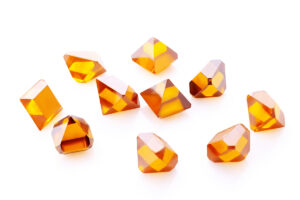
How Many Types Of Synthetic Diamond That Are Used For Cutting Tools?
1. MCD
2. PCD
3. CBN
4. CVD
However, as well as MCD and PCD, CVD diamond is great for non-iron cutting because when cutting that causes high heat, this causes the CVD diamond to melt, and shortens the CVD tool life. Compared to PCD, CVD tools have 2-10 times more tool life, and can perform 35% better than PCD tools.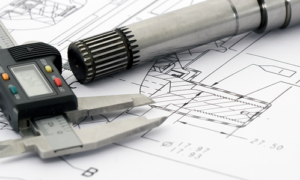
Why Are These Synthesis Diamonds Important And Useful For Cutting Tools?
1. Increase Cutting Performance
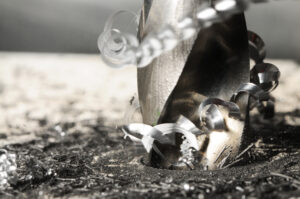
2. Increase Tool Life Of Cutting Tools
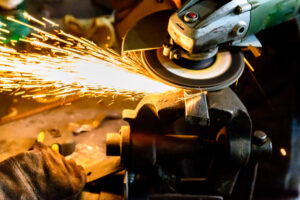
3. Reduce Manufacturing Cost (For Massive Production)

How Can We Use Synthetic Diamonds In Cutting?
1. Drilling
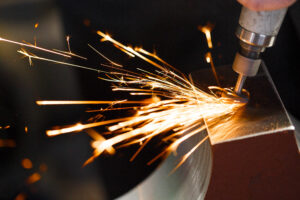
2. Cutting
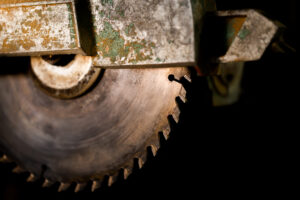
3. Turning
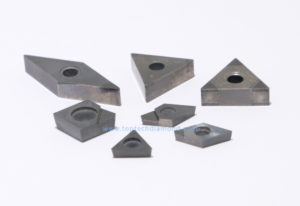
4. Milling
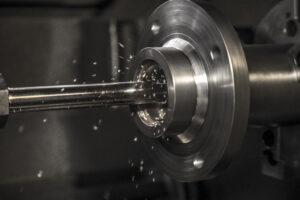
Conclusion
Reference:

